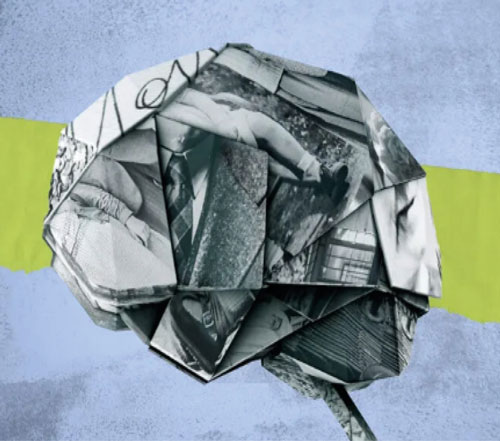Astrocytes play a variety of roles with neurons, but until now, scientists did not know that these cells carry electrical impulses.Applying new technology, Tufts University scientists recently discovered in mice that astrocytes are electrically active like neurons.
The researchers hope that their findings may lead to treatments for traumatic brain injury, Alzheimer’s disease, and other brain disorders.
Astrocytes make up almost half of the mammalian brain cells. They are called glial cells because scientists originally thought that these starlight-shaped structures serve as “nerve glue.”
Research suggests that these cells control the growth of axons, or the neuronal projections that carry electrical impulses.
However, scientists still considered astrocytes to be supporting actors behind neurons, which are the primary cells of the brain and nervous system.
Now, scientists at Tufts University in Massachusetts and other institutions realize that astrocytes may execute a significantly greater performance in brain activity.
Dr. Moritz Armbruster, a research assistant professor of neuroscience at Tufts, led a team of researchers in harnessing novel technology to study astrocyte-neuron exchanges.
To their surprise, the scientists observed electrical activity in astrocyte processes within mouse brain tissue. They reported: “This represents a novel class of subcellular astrocyte membrane dynamics and a new form of astrocyte–neuron interaction.”
Dr. Armbruster and his fellow authors published their findings in Nature Neuroscience.
Using innovative tools, the Tufts team developed a technique to detect and observe electrical activity in brain cell interactions. These properties could not be seen before now.
Dr. Chris Dulla, corresponding author of the study, is an associate professor of neuroscience at the Tufts University School of Medicine and Graduate School of Biomedical Sciences. He explained that he and his colleagues “[…]use viruses to express fluorescent proteins in the mouse brain, and that’s what lets us measure this activity.”
“[W]e had other experiments that made us think that this new type of activity must be happening in astrocytes. We just didn’t have a way to show it[…] So, we developed these new techniques to image the activity of the astrocytes and, using them, we showed that this thing that we thought must be happening actually was happening.”
Neurotransmitters are chemical messengers that facilitate the transfer of electrical signals between neurons and support the blood-brain barrier.







